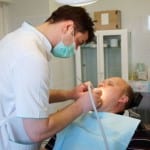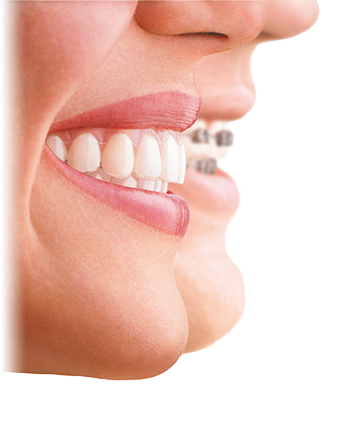 The collection of pus within the gums or teeth due to bacterial infection is called a dental abscess. The bacterium is generally found in the plaque and damages the gums, teeth and soft tissue within the tooth. Dental abscess can only be cured by dental treatment and a dentist is best equipped to deal with them. In some advanced cases, the dentist may also need to perform surgery.
The collection of pus within the gums or teeth due to bacterial infection is called a dental abscess. The bacterium is generally found in the plaque and damages the gums, teeth and soft tissue within the tooth. Dental abscess can only be cured by dental treatment and a dentist is best equipped to deal with them. In some advanced cases, the dentist may also need to perform surgery.
Dental procedures
If the abscess is periapical, then you’ll require root canal treatment to get rid of the abscess. In this procedure, the dentist drills into the lifeless tooth in order to let the pus loose and remove infected tissue. Once the area is thoroughly cleaned, a root filling is inserted to avoid any future infection.
If the abscess is periodontal, after the dentist releases the pus and has cleaned the periodontal pocket, he or she will smooth the surface of tooth’s root by scaling and filling beneath the gum line to facilitate complete healing. This will help prevent any future infection.
Surgery
In certain cases where the periapical abscess recurs, an oral surgeon will be required to remove the infected tissue. In the case of periodontal abscess the oral surgeon will reshape the gum tissue in order to remove the periodontal pocket permanently.
In very rare cases, the abscess can show up even after both dental and surgical procedures. In cases like this, or where the tooth is severely broken, the tooth will be completely extracted.
Painkillers
There is no doubt that dental abscesses are very painful. Over the counter painkillers from a local pharmacy can be used to get some relief however, they should only be used for temporary relief while you are waiting for proper dental treatment. Also, do not overuse the painkillers and always follow the prescription mentioned on the cover. Painkillers will just reduce the pain and cannot get rid of the abscess or the infected tissues and should never be used as an alternative to proper dental treatment.














